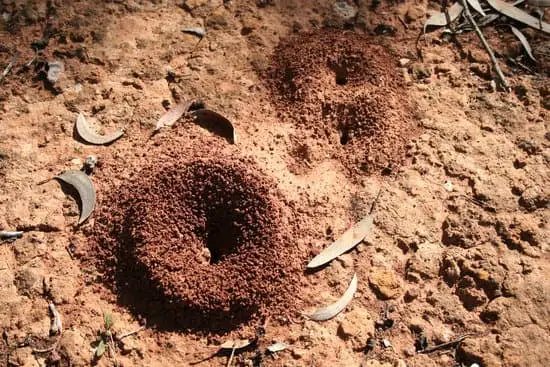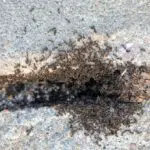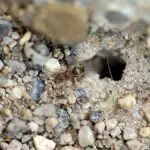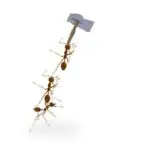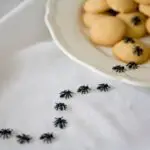Why Does the Odorous House Ant Smell Like Blue Cheese?
Unlike humans, ants have a complex language of smells. They use chemical receptors on their antennae to detect the presence of certain scents. Several species of ants release pungent smells when they are threatened.
For example, the odorous house ant emits a chemical compound that smells like blue cheese. This is because ants release a chemical called methyl ketones from their bodies. The ant’s ability to produce methyl ketones is a good defense mechanism.
Other common species of ants, like the wood ant, release a slight vinegar smell when they are alone. They can also weaponize formic acid to attack their prey.
Another common species is the citronella ant. These smaller yellow ants emit a lemon-like odor. They are also thought to distaste predators. They are also known as trap-jaw ants. They can also produce a chemical that emits an alarm pheromone.
Aside from using pheromones to communicate with each other, ants also use these chemicals to warn other ants of danger. Ants also use pheromones to signal other ants about the quality of their food sources.
The most common ant in homes is the odorous house ant. It’s found throughout Canada and North America. It nests under stones, under window frames, in cracks, and under insulation. Its colonies can be as small as a few hundred workers or as large as tens of thousands.
One of the reasons the odorous house ant smells like blue cheese is because of a chemical compound called methyl ketones. This chemical compound is also found in penicillin mold, which makes rotting food smell bad.
